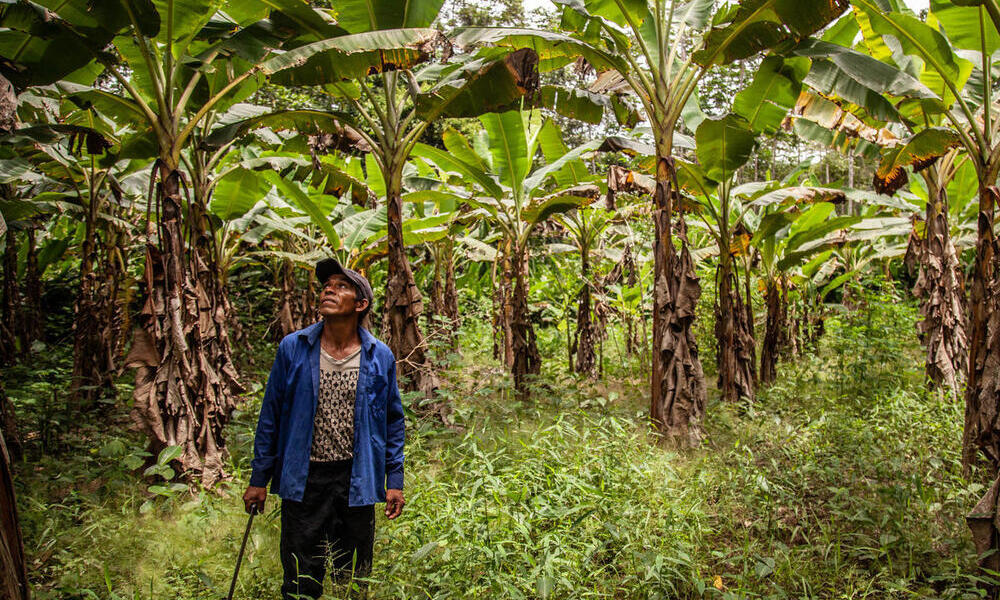
Sustainability 101: What is Sustainability?
- Date: 08 August 2022
- Author: Tara Doyle, World Wildlife Fund
The concept of sustainability is steadily gaining traction in the public sphere, but discussions around this topic often fail to provide a clear definition of the term’s meaning. An activity is considered sustainable if it can be continued in the same way long into the future; in other words, if it’s able to be sustained. This topic is commonly associated with the environment, but there are actually three distinct principles of sustainability that address the environmental, economic, and social realms. The first principle has to do with the limits of our biosphere: we must not consume resources faster than they are naturally replenished. This principle can be deceptively simple. For instance, imagine a paper company that plants an equal number of trees as it harvests each year. Is their business model really sustainable if the trees take more than one year to grow? In this case, the company might selectively harvest trees within a managed forest, versus clearing an entire area.

A local partner of Forest Entrepreneurs Indigenous Peoples Project, a WWF-Peru program that aims to support indigenous communities in the development of sustainable ventures.
Fossil fuels are another example that further complicates our definition of sustainability. With an estimated 1.65 trillion barrels of oil left in the ground, we have enough to continue our current consumption for nearly 50 years (source). But in this case, running out of fossil fuels is not the problem, because their combustion is already irreversibly damaging the climate system. So, an activity must not deplete natural resources nor damage the ability of ecological systems to continue providing their life-sustaining services. This principle demands a holistic approach; reducing greenhouse gas emissions, protecting biodiversity, and preventing pollution are all high priorities.
The second principle of sustainability relates to our economic system: in order to be sustainable, an activity must be economically viable in the long run. It doesn’t necessarily have to be profitable, though. Anti-poaching campaigns don’t result in a valuable product, but they can bring in eco-tourism revenue from wilderness safaris and other wildlife viewing excursions. This example illustrates how nonprofit work, in addition to public and private sector business, can be economically sustainable.
This brings us to the third principle of sustainability, which addresses social justice. This principle can be the most difficult to grasp because its aim is broad: a stable, healthy, and well-functioning society. Sustainability requires paying workers a living wage so they can afford adequate nutrition, housing, and healthcare. Additionally, a product cannot be considered sustainable if it has adverse effects on its consumers, including negative health outcomes. Social sustainability efforts can be seen in fair trade certifications which guarantee safe working conditions, economic security, and other protections.
The United Nations has developed 17 Sustainable Development Goals designed to “end poverty, protect the planet and ensure that all people enjoy peace and prosperity” (source). The SDGs include goals from all three realms of sustainability and many are interrelated. Examples include climate action, decent work and economic growth, and gender equality. These strategies pave the way for a future where we operate within ecological limits and provide all humans access to a high quality of life.
To learn more about how WWF is supporting the Sustainable Development Goals, visit
https://wwf.panda.org/discover/knowledge_hub/sustainable_development_goals/